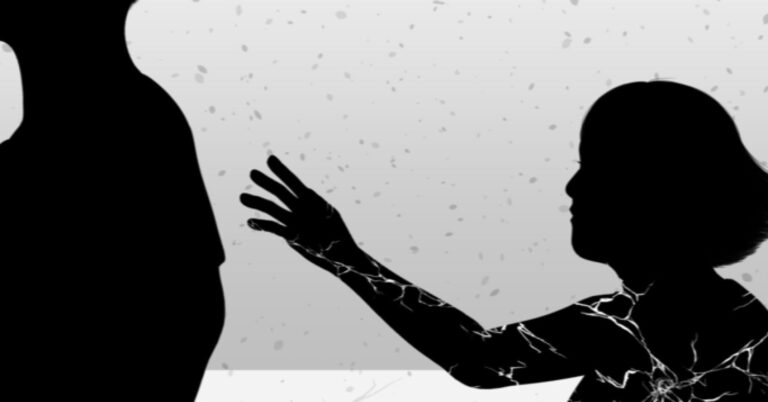Over the years, I have met dozens of clients who have been diagnosed with borderline personality disorder. Throughout my career, these have been some of the most compassionate, vivacious, but also hurting clients I have met. Most have experienced complex, relational trauma. Difficulties in relationships are almost a given.
The chaotic forces of past and present communication patterns often leave loved ones confused. Loved ones might not know how to effectively draw boundaries without sending the individual into a spiral of abandonment fears, impulsive behaviors, or emotional pain. Conversely, there are times when someone might, knowingly or unknowingly, lean into the self-other confusion placing people with borderline personality at particular risk to be taken advantage of or abused.
As a result, unfortunately, many people who have experienced complex trauma or borderline personality become isolated.
Psychotherapy has traditionally focused on teaching the individual who has the diagnosis interpersonal effectiveness skills or assisting them in understanding their patterns in relationships. This can be incredibly healing. Yet, individuals interact within a community. Often friends and family of a person living with borderline personality also need skills to understand and connect with their loved one.
Research has shown that family psychoeducation interventions such as the mentalization-based treatment FACTS (Family and Carers Training and Support) can improve relationships between individuals diagnosed with BPD and family (Bateman and Fonagy, 2019). Still, not everyone has access to these interventions
Here are five strategies people can use to connect with their loved ones:
1. Listen to Understand
When your loved one is experiencing strong moods it can be tempting to interrupt and or try to talk them out of their perspectives. It is important to be able to listen to understand. This can be done by simply clarifying what your loved one is saying. This doesn’t mean you agree with every fact stated, but that you are committed to understanding. It’s also important to know that even if something is not a part of your reality, it can still be real for your loved one.
2. Practice Validation
Validation is a way of showing that you see someone and their experiences. It is saying, what you feel makes sense. While beliefs are not always true, emotions are always valid. You might not agree with every choice your loved one is making. Still, it is possible to validate what they are feeling. A simple phrase of “It makes sense that you feel this way because ________________” can go a long way. Everyone needs to be seen.
3. Be Honest and Transparent
Fear of abandonment is common in people living with borderline personality. Simple oversights can be seen as signs that one is no longer loved. These types of mind-reading errors are called non-mentalizing modes. When a person with borderline personality (and at times those without) becomes overwhelmed they are susceptible to fill in the blanks in terms of what others might be thinking or feeling in ways that can be detrimental. Honesty and speaking openly about one’s own experiences in an attempt to compensate can help. Open, honest, and prompt communication is key.
4. Notice When the Past Is Present
There is an unfortunate, strong association between borderline personality and traumatic experiences (Porter and colleagues, 2020). At times, this can play out in re-enactments. The person might react to the current situation as if it were one from the past. When you notice this, be compassionate. Step back. These re-enactments are in many ways a type of emotional flashback.
5. Be Compassionate
Borderline personality disorder is no one’s fault. It is a condition marked by strong emotional pain that takes immense courage to heal from. There are many aspects of your loved one beyond their diagnosis. Avoid stereotyping your loved one. Diagnosis of personality disorders is somewhat controversial. Many are advocating a move away from a categorical model of personality disorder to diagnosis toward exploring personality function on a dimensional scale as is included in the alternative dimensional model of personality disorder in the DSM. A person with a personality disorder diagnosis is a person first. Seek out the them beyond their diagnosis.
Borderline Personality Disorder Essential Reads
In Closing
Borderline personality disorder is a complex constellation of difficulties that often includes relational and attachment problems. It is associated with experiences of trauma. It can be troubling both for the person affected and those around them. There are steps loved ones can take to understand these difficulties to connect effectively with someone who has the diagnosis.

Source: Ebuka Onyewuchi/Pexels




















+ There are no comments
Add yours